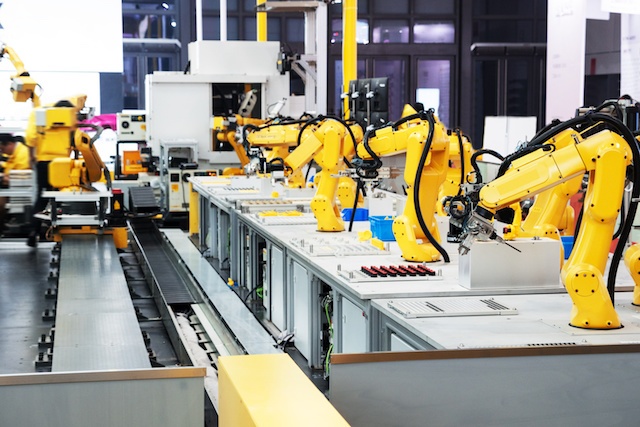
As official data and industry surveys are released, we can start to see the full effect of the Brexit vote on UK manufacturing. We take a look at what we know so far.
Back in June, in the immediate aftermath of the UK referendum on whether we should leave or stay part of the EU, we looked at some of the possible effects of the result on the manufacturing industry. Now, with the dust beginning to settle and production data available for the post-Brexit period, we can start to see the real-world situation as it stands.
The EEF/BDO Manufacturing Outlook survey for 2016 Q3 offers a good insight into how UK manufacturing has responded to Brexit. It is not the story of doom and gloom that many were expecting. The industry remains subdued, as it has since the start of the year, and the expected improvement has not yet happened. But the survey suggests that this is just a delay and that recovery is likely to pick up towards the end of the year.
Output, UK orders, employment and investment are down, but not dramatically more than expected given the trends from the start of the year. As a result, business confidence is also down, although it is slowly growing despite a general uncertainty over just how the Brexit vote will affect us long term.
Some of that confidence is linked to the one area that has increased. Export orders are on the rise, aided by the pound remaining down against both the dollar and the euro. Export is expected to continue to rise for the remainder of the year and into 2017.
The survey from EEF/BDO is a useful tool for forecasting the immediate future of UK manufacturing, and there is also some official data now available on the important post-Brexit period from the Office of National Statistics (ONS). Released at the beginning of September, the statistics show a fall of 0.9% in manufacturing production from June to July. The drop was steeper than expected, and it is the biggest drop in a year. On the plus side, and somewhat of a surprise, industrial production actually went up by 0.1%, helped by oil and gas. This was partly linked to a continued output from the Buzzard field in the North Sea, which usually shuts down for maintenance in July but which will occur in September this year (says a news release from Reuters).
A report in the Financial Times on the ONS data suggests that the statistics are vastly different to economists’ forecasts of 0.2% drop in industrial production and 0.3% drop in manufacturing production. It also agrees with the findings of the EEF/BDO survey that, while there may be difficult times ahead, overall the economy and industry has held up better than expected given that production was already in decline before the result was determined at the referendum.
As always, we remain positive here at Corrotherm. There will certainly be more challenges ahead, but the UK industry is capable of meeting them head on.
 Post-referendum, the state of UK manufacturing
Post-referendum, the state of UK manufacturing

